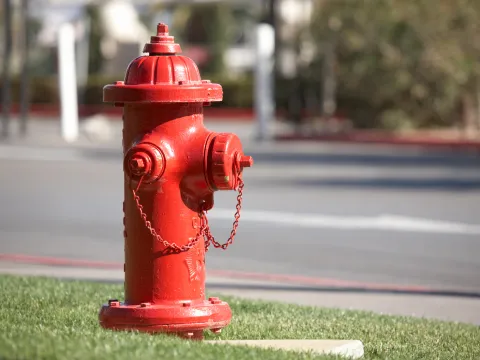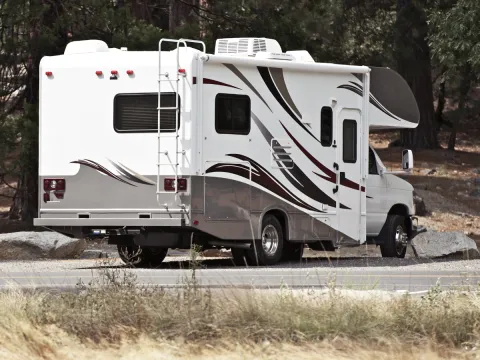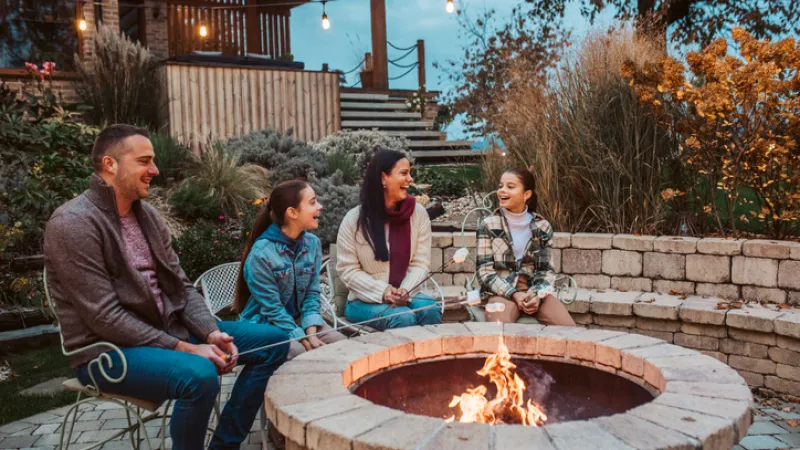
Fire Pit Safety: Keep the Flames Fun, Not Risky
Summary
Reading Time
5 min
There’s something magical about gathering around a fire pit on a summer night. Whether it’s to roast marshmallows, share stories, or simply relax under the stars, a crackling fire has a way of turning a regular evening into a memorable one. But while fire pits can be cozy and fun, they also come with serious safety responsibilities.
Before you strike a match, let’s talk about how to keep your backyard fires safe, respectful, and worry-free.
Check the Rules Before You Burn
Every community has different bylaws when it comes to fire pits, so don’t skip this step. Some municipalities allow recreational fires, while others restrict them entirely or require permits. There may also be rules about the size of your fire pit, how far it needs to be from structures or trees, and even what kind of fuel you’re allowed to burn. You may also be required to use a grate or spark arrestor over an open brick or stone fire pit, or a cover for outdoor fireplaces. It’s also essential to check for fire bans before lighting a fire.
Not sure where to look? Start with your city or town’s website or contact your local fire department. Knowing the regulations can help you avoid fines and keep your neighbours happy.
You can also check for provincial fire bans using the links below:
Taking a few minutes to double-check the rules can help ensure your summer evenings stay safe, fun, and worry-free.
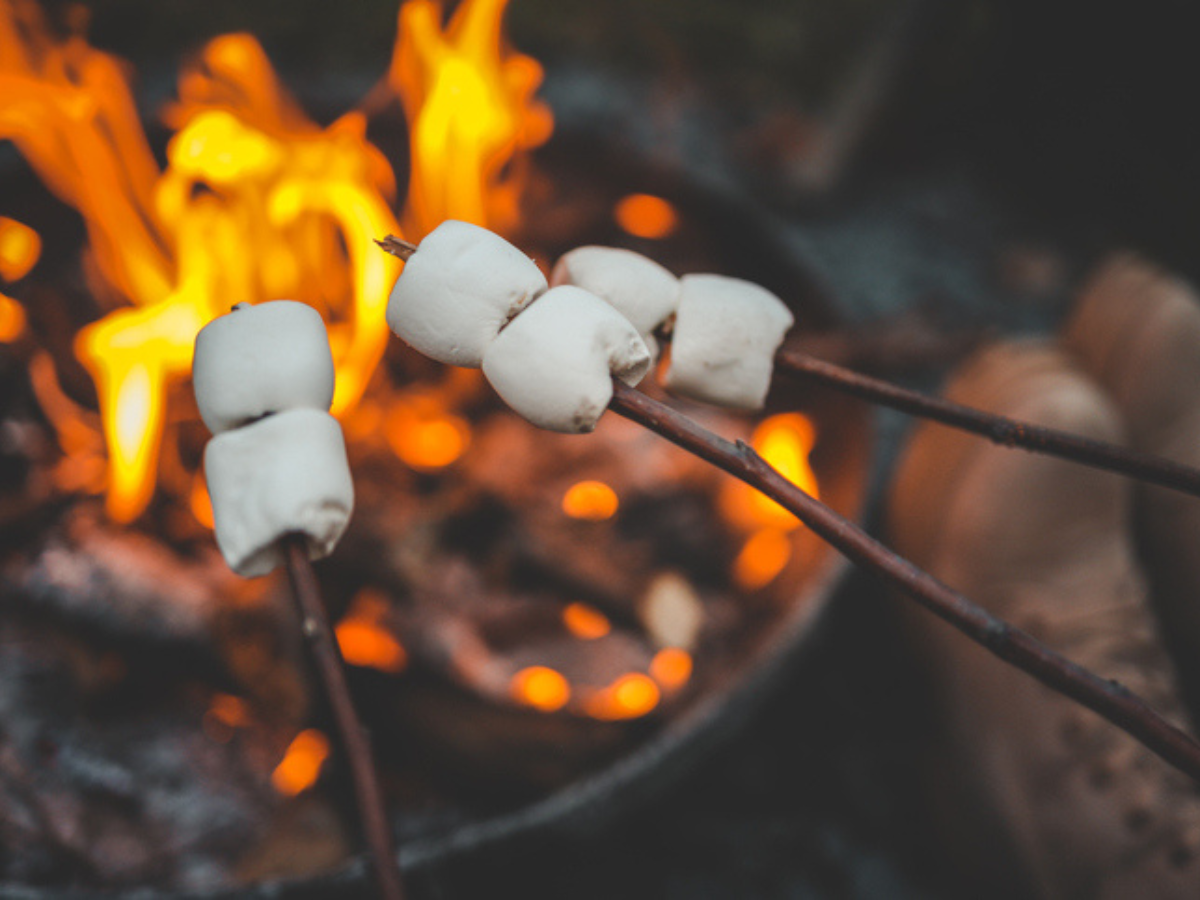
Only Burn the Good Stuff
It might be tempting to toss in some yard waste or old scrap wood, but not everything belongs in a fire pit. Stick to burning dry, seasoned firewood or wood specifically labeled for outdoor use. It burns cleaner, creates less smoke, and helps avoid flare-ups.
Avoid burning:
- Pressure-treated wood (it can release toxic chemicals)
- Painted or varnished wood
- Trash, plastic, or cardboard
- Leaves or pine needles (they spark easily and can send embers flying)
Tip: Keep a stash of clean firewood nearby, but not too close to the fire. A minimum distance of 10 feet is a safe bet.
Stay Attentive While the Fire is Burning
Even a small fire needs your full attention. Never leave it unattended, even for a minute. It’s easy to get distracted with guests or kids around, but accidents happen fast, especially when people assume the fire is “under control.” Keep pets and kids at a safe distance and teach them the basics of fire safety. That includes not running around the fire, not tossing objects into the flames, and never poking at burning logs.
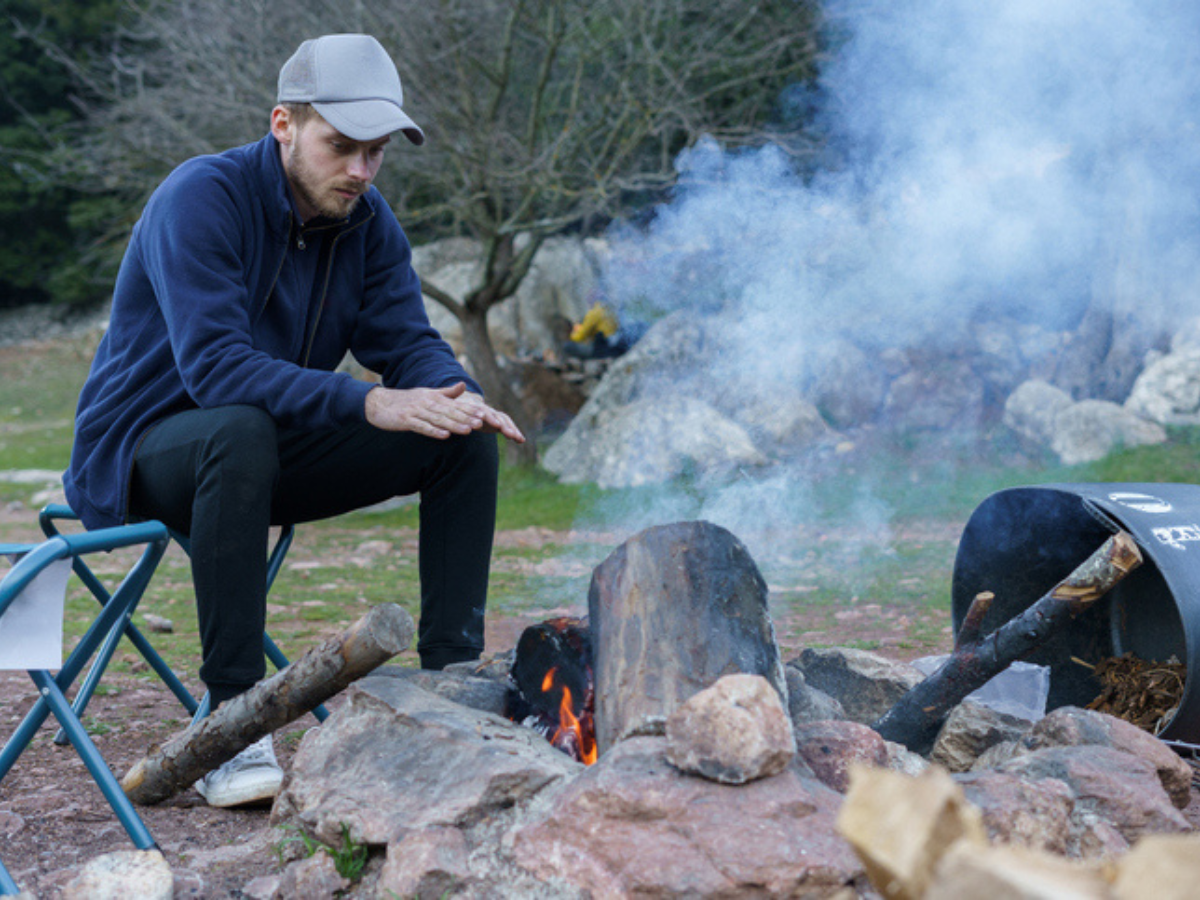
Windy Day? Save the Fire for Another Time
While a light breeze might feel refreshing on a warm evening, it can be a serious hazard when it comes to fire pits. Even small gusts can lift embers out of the pit and carry them into nearby dry grass, brush, or onto decks, sheds, and fences. Always check the forecast before lighting a fire. If there’s any wind in the air, it’s best to hold off and wait for a calmer evening.
Extinguish the Fire Thoroughly
When the night comes to an end, don’t walk away from the fire until it’s completely out. This part matters just as much as how you light it. Start by pouring water over the flames, then stir the ashes and pour more water. You’re aiming for cold, wet ash with no visible smoke or glowing embers. Everything should be cool to the touch before you call it a night. Once your fire is out, it’s important to clean up properly, use a metal container to scoop the cooled ash, store it somewhere safe, and never use plastic or flammable materials to dispose of it. Not sure what to do with the ashes afterward? Check out this blog for tips on how to safely clean up and dispose of fireplace or fire pit ash.
If water isn’t an option, some people prefer to use soil or sand. That also works but be careful that the materials don't retain heat underneath. If a fire isn’t properly doused, it may rekindle hours after it appears to be "dead."
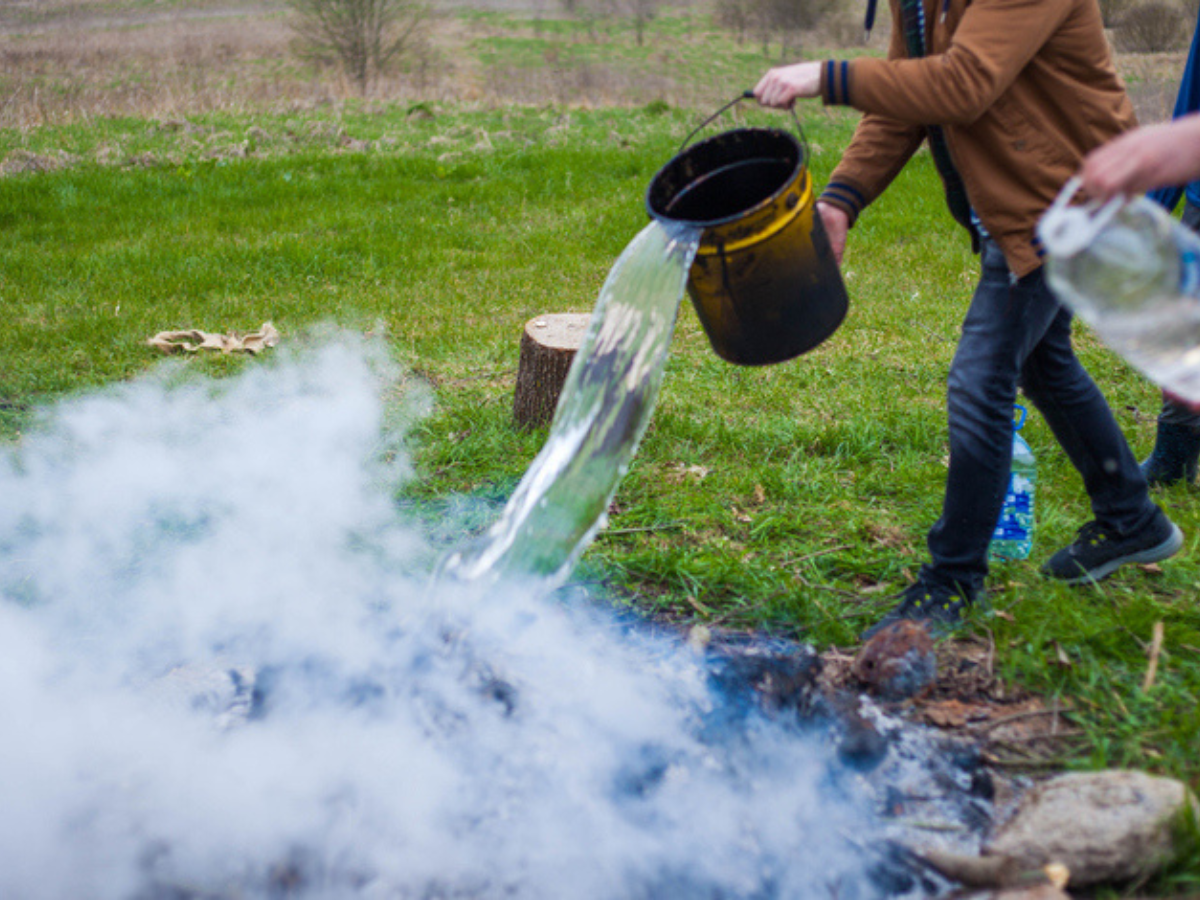
Be Ready, Just in Case
Being prepared is one of the smartest things you can do when lighting a fire. Always have a garden hose connected and close by, or keep a full bucket of water within reach. A fire extinguisher is another great tool to have nearby. Even small, well-contained fires can take an unexpected turn, and when they do, every second counts.
If you host fires often, it might also be worth investing in a fire blanket or a pair of flame-resistant gloves. These extras might not get used every night, but in the rare event that something does go wrong, they can make a world of a difference between a close call and a serious accident.
Check in with Your Insurance Broker
You’ve done your part to keep things safe, but accidents can still happen. That’s why it’s important to understand how your home insurance or cabin & cottage insurance covers fire-related damage, especially if you’ve recently added a backyard fire pit.
Some outdoor setups may be automatically covered under your policy. Others, such as permanent installations near structures or on wooden decks, might need extra consideration. Every policy is different, and the last thing you want is to find out too late that your coverage doesn’t match your setup.
Looking for guidance? Find a trusted broker who can help navigate your coverage options and make sure your property is properly protected. They can walk you through what’s included, what might need an update, and how to stay fully covered no matter how many summer fires you plan to enjoy.
Please note that the information in this article may not accurately reflect your insurance policy from Sandbox Mutual Insurance or another insurance company. Please refer to your policy or talk to your broker about your specific coverages.

FAQ'S
Do I need permission or a permit to use a fire pit in my backyard?
It depends on where you live. Every city or town has its own bylaws about fire pits, including rules on permitted fuel types, required distances from structures, acceptable pit sizes, and whether spark screens are mandatory. Some communities require permits, and many regions issue temporary fire bans during dry conditions. Always check your municipal website or contact your local fire department before lighting a fire.
What should I avoid burning in my fire pit?
Stick to clean, dry firewood. Avoid burning pressure-treated lumber, painted or varnished wood, plastics, trash, cardboard, leaves, or pine needles. These materials can release toxic smoke, spark dangerously, or lead to out-of-control flare-ups. Keeping unsafe materials out of the fire pit protects both your property and the environment.
Does my home or cottage insurance cover fire pit accidents?
Many policies cover fire-related damage, but not every setup is treated the same. A simple backyard pit may be covered, while permanent installations near buildings, on wooden decks, or without a proper spark screen might require additional consideration. Because coverage varies, it’s best to check in with your insurance broker to confirm your protection and update your policy if needed.

